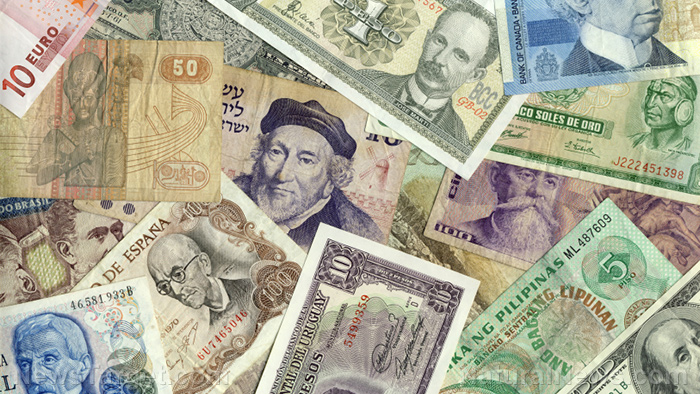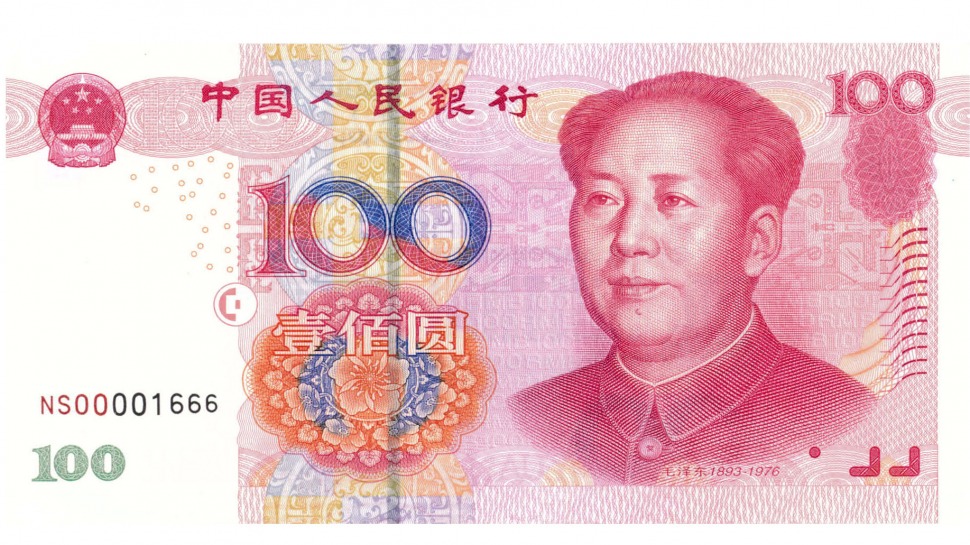Record-breaking gold purchases by central banks observed in Q1 2023
05/09/2023 / By Ramon Tomey

Record-breaking purchases of gold by central banks of different nations were observed during the first quarter of 2023.
The World Gold Council (WGC) disclosed this finding in its latest report, noting that demand for the metal from central banks worldwide reached 228 metric tons (MT). This was a 176 percent increase compared to the 82.7 MT from a year prior. “This is all the more impressive, considering it follows the record-breaking pace of demand last year,” the WGC said.
ZeroHedge reported that the gold purchases amounted to “the strongest first quarter on record.” It also noted that the central banks of several countries were among the buyers for that quarter.
The Monetary Authority of Singapore (MAS), which serves as the central bank for the Little Red Dot, took the No. 1 spot for its 69 MT of gold purchased this quarter. The purchase marked the first increase of its gold reserves since June 2021. The MAS now has a total of 222 MT in its gold reserves, 45 percent higher than at the end of 2022.
The People’s Bank of China (PBoC), Mainland China’s central bank, disclosed a 58 MT addition to its existing gold reserves. It has added 120 MT to its gold reserves since resuming reports of gold purchases in November 2022, for a grand total of 2,068 MT. (Related: MORE METAL: China’s public gold holdings now over 2000 tons after another huge purchase in December.)
China’s State Administration of Foreign Exchange also revealed in its April 2023 reserves data report that the country’s gold reserves rose to a record 66.76 million ounces (oz) at the end of April. China’s reserves amounted to 66.5 million oz at the end of March.
The Central Bank of the Republic of Turkey (TCMB) also saw its official reserves rise by 30 MT to a total of 572 MT, despite several sales. A sale in March, the first since November 2021, offset a combined purchase of 45 MT in January and February. The TCMB also sold 15 MT of gold into the local market following a temporary partial ban on gold bullion imports.
The Reserve Bank of India also purchased a modest seven MT in the first quarter to increase its gold reserves to 795 MT. The Czech National Bank purchased two MT, while the Central Bank of the Philippines bought one MT.
Several countries also sold the yellow metal to other nations
ZeroHedge also noted that gold sales for the first quarter of 2023 were “much more modest” by comparison.
The National Bank of Kazakhstan (NBK) took the No. 1 spot for gold sales during the quarter, selling off 20 MT from its reserve. The Central Bank of Uzbekistan (ORMB) followed at No. 2 after it sold 15 MT of gold. According to the WGC, it is not uncommon for central banks that purchase gold from domestic sources – such as the NBK and the ORMB – to be frequent sellers of gold.
The National Bank of Cambodia sold 10 MT of gold from its reserves during this quarter. Meanwhile, the Central Bank of the United Arab Emirates and the National Bank of Tajikistan each sold one MT from their gold reserves.
Aside from these, ZeroHedge also reported about the Central Bank of Russia (CBR) resuming its reporting of gold reserves. Its filing encompassed the period from the end of January 2022 to date.
According to the CBR report, Russia’s official gold reserves fell by six MT to 2,327 MT. However, this decline was but a drop in the bucket as the country’s current gold reserves are 28 MT higher than when it stopped reporting last year.
Meanwhile, the National Bank of Croatia reported a loss of two MT in its gold holdings in January. Croatia dropped the kuna, its national currency, and adopted the euro as a currency that month.
However, this gold was simply transferred to the European Central Bank – which is mandatory for all countries adopting the euro as currency. Thus, Zagreb’s transfer of gold to Brussels does not represent a decline in the global gold reserves.
Watch this clip from the “Flyover Conservatives” podcast about gold purchases by central banks being at their highest level since the 1950s.
This video is from the Flyover Conservatives channel on Brighteon.com.
More related stories:
Central banks continue to stockpile gold as recession looms.
Central banks all over the world are buying gold at a furious pace.
Central banks continue their streak of accumulating more gold in 2023.
WGC report: Central banks extend gold buying streak in preparation for currency uncertainty.
Sources include:
Submit a correction >>
Tagged Under:
bubble, central banks, collapse, currency crash, currency reset, economic collapse, economic riot, finance riot, gold, gold purchases, Gold Reserves, gold sales, money supply, risk
This article may contain statements that reflect the opinion of the author
Popular Articles
COPYRIGHT © 2023 CurrencyClash.com
All content posted on this site is protected under Free Speech. CurrencyClash.com is not responsible for content written by contributing authors. The information on this site is provided for educational and entertainment purposes only. It is not intended as a substitute for professional advice of any kind. CurrencyClash.com assumes no responsibility for the use or misuse of this material. All trademarks, registered trademarks and service marks mentioned on this site are the property of their respective owners.

















